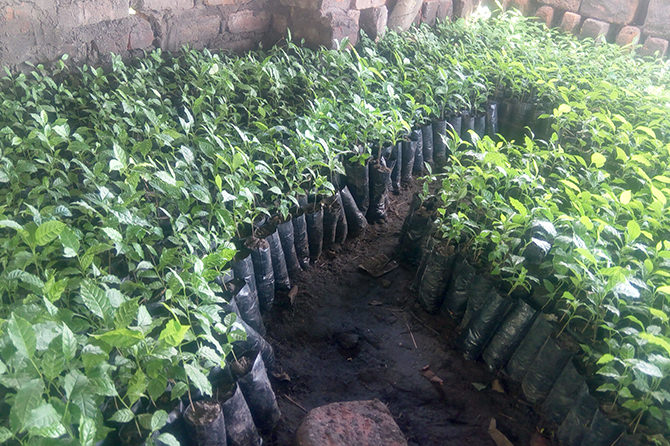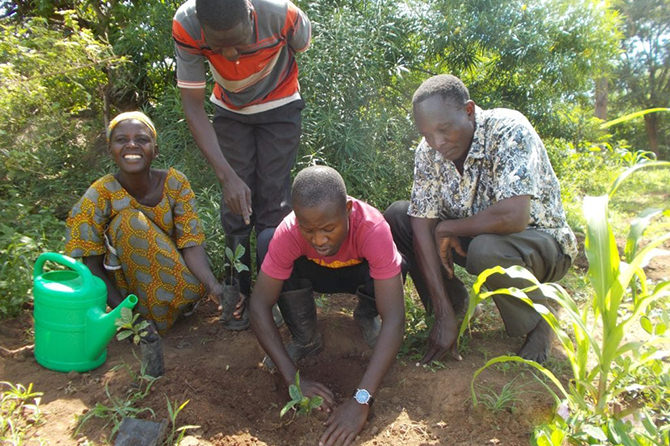SDM Project: Revitalizing the role of agroforestry parklands in conserving biodiversity and improving livelihoods in the sub-humid drylands of Uganda
02.02.2023
SUBMITTED ORGANISATION
Save A seed for the Future (SAFE), Uganda
PARTNER ORGANISATIONS
Kapelebyong district local government
Iteso Cultural Union (ICU)
DATE OF SUBMISSION
30/11/2020
REGION
Africa
COUNTRY
Uganda
KEYWORDS
Agroforestry parklands, tree diversity, Kapelebyong, Uganda
FOCAL POINT
Samuel Ojelel – Project Coordinator
LINK
Abstract
The drylands (cattle corridor) in Uganda is a Socio Ecological Production Landscape (SEPL) that has undergone large scale conversion into agricultural land and overexploitation of indigenous trees to provide wood fuel. In our intervention, we set out to revitalize the practice of trees on farms (parklands) in the sub-humid drylands of Kapelebyong district where 91.9% of the households are subsistence farmers. We have worked with 12 registered farmer groups to comprehensively document tree diversity, utilization and management in remnant agroforestry parklands, conducted five community awareness and sensitization meetings on agroforestry parklands, held two awareness radio talk shows on Teso Broadcasting Services 87.6 FM and planted 14,500 indigenous tree seedlings in 1500 hectares of cultivated fields. We have generated knowledge on the diversity of trees in agroforestry parklands of Kapelebyong district, contributed towards shaping of community attitudes and behaviours towards the conservation of trees on farms (parklands) and tree planting in general. Additionally, our project has contributed to different national and global targets on on-farm biodiversity conservation and enhancement of the carbon sink. More specifically, the project has contributed to strategic objectives 1, 2 and 3 of IPSI Plan of Action 2013-2020; targets 1, 2, 7, 12, 13, 18 and 20 set out in Aichi Biodiversity Targets 2020 and goals 1, 5, 8, 12 and 15 of the Sustainable Development Goals 2030. We’ve learnt that existing community structures are powerful change agents. Additionally, formal frameworks for handing over project activities to local governments need to factored during project design.



